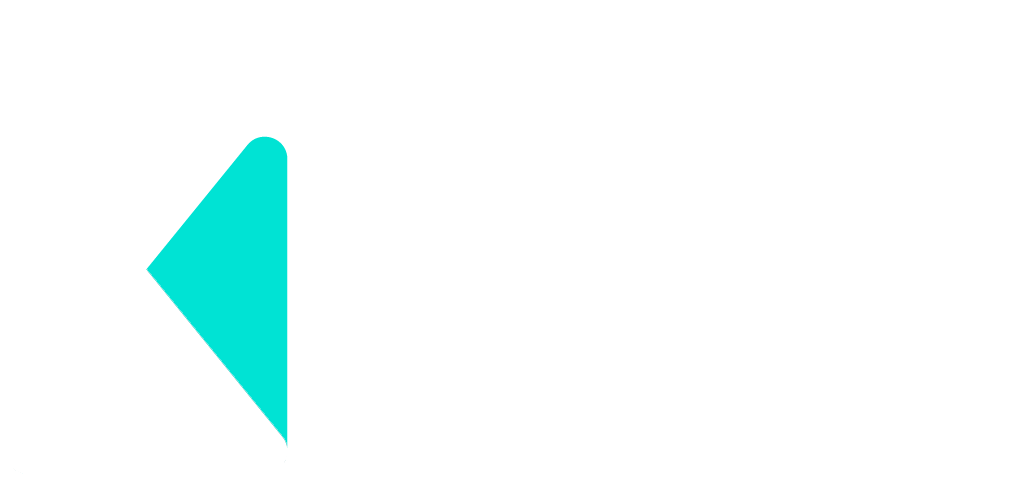24
NovemberOverwatch's Dedication to Being Inclusive is its Greatest Strength
This focus on overall team success is part of the game’s DNA, and it shows both in-game and when you’re not actively in a match. There are plenty of leaderboards and statistics to let you know how you fare with each character, and the ability to try out each character in a ‘tutorial map’ is a very useful feature. In-game, there are plenty of ways to communicate with teammates. Aside from traditional methods like voice or type chat, pre-determined messages can be accessed on the fly, from simple greetings to more informational chatter.
The 21 characters are grouped together in 1 of 4 classes: Offense, Defense, Tank and Support. Though characters may share a class, each plays completely different from one another. For example, Soldier 76 and Tracer are both part of the Offense class, but each has its own Unique Moba features strengths and weaknesses. Soldier 76 players like a traditional Assault character from a Battlefield game. He deals good damage at mid-range and can even drop a healing beacon, but he doesn’t have a lot of health. Tracer, on the other hand, has small clip-sizes and low health but is fast and able to rewind time to pull herself to safety. There aren’t two characters that are similar, and there isn’t a single character that is a perfect "all-around" character. Everyone has their own strengths and weaknesses, and learning how to play to those strengths and exploit enemy weaknesses is all part of the game’s meta.
McCree's main ability, Combat Roll, is exactly what it sounds like: a forward tumble in whichever direction he's facing. Aside from the fact that this can get McCree out of the way of a great deal of enemy fire, it also automatically reloads the Peacekeeper, which allows for a particularly devastating secondary fire-Combat Roll-secondary fire combo. His other ability, Flashbang, is a throwable stun grenade that locks foes in place. Not only is this wonderful at stopping quick characters like Tracer in their tracks, but they also make for particularly easy kills with McCree's clip-emptying secondary fire. Finally, McCree's ultimate, Deadeye, allows him to slowly lock onto the heads of enemies in the area, guaranteeing a kill during a full lock-on (basically, it's a straight up mark-and-execute maneuver). This is best utilized from behind a skirmish when there are multiple enemies on the screen. It's worth noting that McCree is one of the hardest characters to use effectively, so don't be alarmed if it takes you a bit of practice before you become a cowboy master.
With Overwatch, the charming hero shooter from Blizzard, launching this week, we want to make sure that you’re as prepared as possible to help your team dominate. Overwatch’s main focus is clearly on the interplay between its dynamic characters, so in order to become competent, you’ll need to understand how every character works. Throughout the week, we’ll be publishing guides on each of the twenty-one launch heroes, three at a time, with the hopes that you’ll be able to recognize certain patterns on the battlefield.
Winston's first ability, his Jump Pack, functions both as a way deal massive damage and a method for increasing mobility. This ability allows him to launch a large distance based on whichever direction the reticle is facing. Not only does this allow Winston to escape battle or get to an objective quickly, but it also gives him the power to harm any enemies in the immediate vicinity of his landing spot. While new players will often just launch forward, more experienced players know that vertical boosts will allow for localized damage.
Despite what my love of recent independent titles like Hyper Light Drifter , Firewatch and The Banner Saga 2 might suggest, I have a strong history with games of a more bombastic persuasion. My most played game of all time, Call of Duty: Modern Warfare 2, found a way to capitalize on the combination of my love for multiplayer chaos and my susceptibility to addictive feedback loops. Granted, I would never claim that Modern Warfare 2 is some sort of godlike game, but there was something about its complete lack of balance and downright brilliant map design that tapped into a very specific portion of my mind.
The thing is, playing nearly one-thousand hours of Modern Warfare 2 during my freshman year of college (sorry mom) burned me out on multiplayer games for a long time. Make no mistake, I've loved a great deal of multiplayer games over the years, but they always seem to either only stick with me during the first couple of weeks or fade out of my consciousness after I submit a review. Granted, this is partially due to the perils of being a multi-platform gamer with single-platform friends, yet there hasn't really been a multiplayer game since 2009 that has burrowed into my brain quite like Infinity Ward's last great game.


